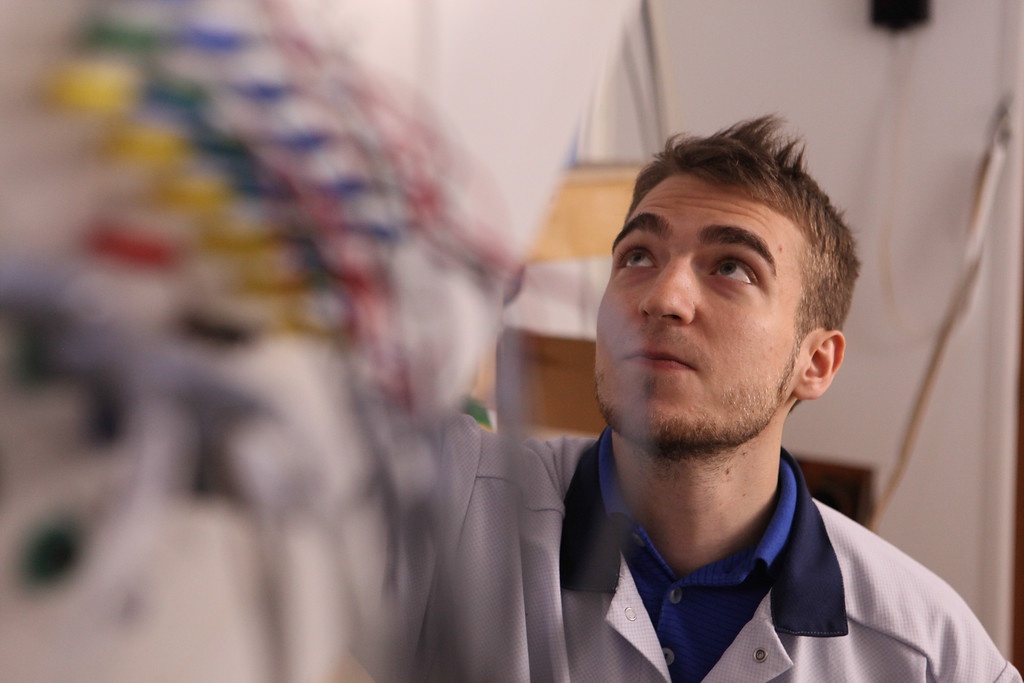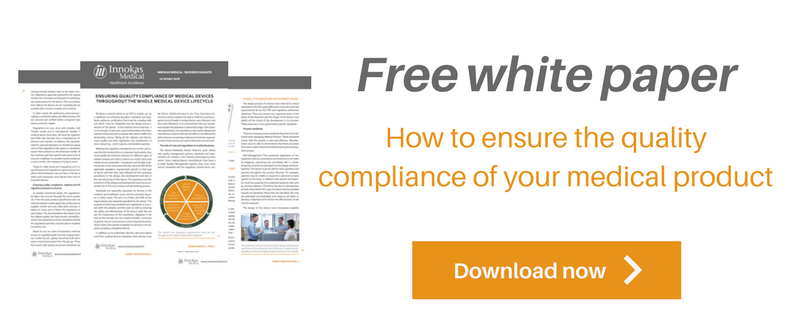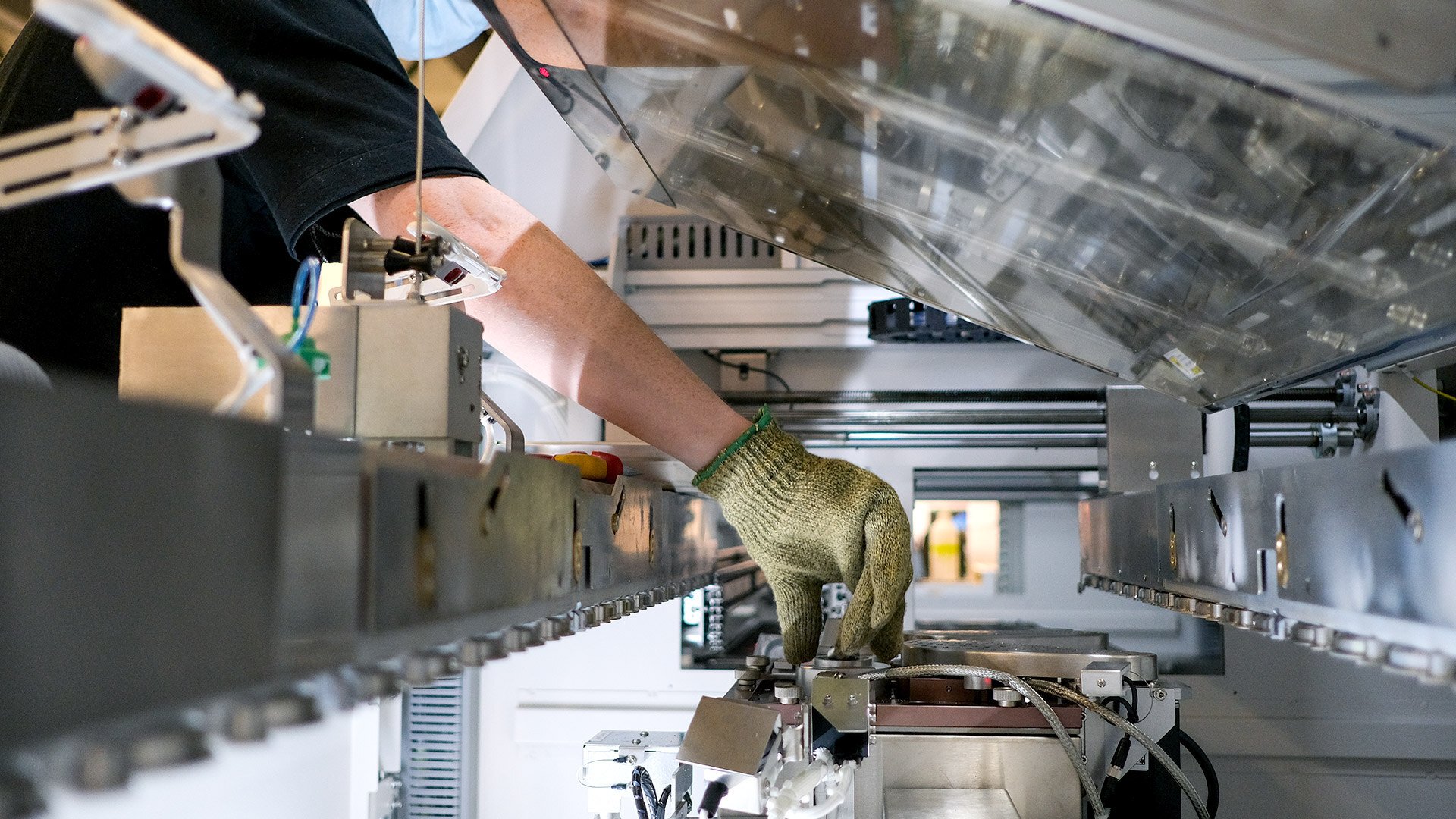The new Medical Device Regulations (2017/745/EU) (MDR) will replace the existing Medical Devices Directive (93/42/EEC) (MDD) and the Active Implantable Medical Devices Directive (90/385/EEC) (AIMDD). The new rules will apply after a transitional period, which will come to its end on 26th May, 2020. From that date on the new MDR will apply fully.
Due to the changes in the medical device legislation in the EU, there’s a lot of things you need to know as a medical device manufacturer. That’s why we decided to start a blog post series few weeks ago, where we discuss about the new MDR and its effects.
In the first blog post, we discussed shortly about WHYs, WHATs and WHENs. Because the recent updates to EU medical device regulations will have a significant impact on every medical device manufacturer’s quality management processes, we want now to discuss and share some tips on how to proceed in implementing the new MDR to your Quality Management System.
Tip #1. Update your QMS
The new MDR requires all medical device manufacturers to demonstrate an effective Quality Management System. Therefore, by the end of the transition period, your company must prove that your QMS can maintain quality in accordance with the more stringent requirements regarding safety, performance and traceability.
When starting to implement the new requirements to your QMS, we suggest you to update your Quality Management system to be compliant with the latest version of ISO 13485:2016, if you have not done this earlier. This is because meeting the requirements of ISO 13485:2016 can actually help you to meet the new MDR requirements as there is better alignment between the requirements of the standard and the new regulations.
The new version brings, e.g., risk management approach to all processes of the quality management system. In addition, it addresses the validation of the computer software, updated complaint-handling process, validation of processes for sterile barrier systems and sterilization and some changes to the resource management and training.
Tip #2. Create practical system for risk management
Risk Management in the medical field is something that has always been a key element of any quality program, but the new MDR regulation places even bigger emphasis in medical device risk management - risk, risk management or benefit-risk is cited even over 250 times within the new regulation. In future, all medical device manufacturers are required to provide evidence of a risk management plan that follows the whole life cycle of the medical product. Therefore your QMS should have a robust risk management process.
This is where we recommend you to focus on, as well; you should create a practical system for risk management (Annex I, Section 3) that is understood as a continuous iterative process throughout the entire life cycle of a medical device. The process should be built in your design and development process as well as in the manufacturing and post-market processes. The system should be easily available with ease-of-use tools and trained persons always ready.
The process should include at least:
- Risk Management plan
- Identification of the known and foreseeable hazards associated with your device
- Analysing of the identified hazards
- Estimation and evaluation of the risks
- Controlling the risks
- Evaluation of overall-risk
- Benefit-risk ratio and risk acceptability
- Evaluation of the information from production phase and post-market surveillance system
Tip #3. Recognize the requirements for vigilance and post-market surveillance procedures
In the new MDR, the life cycle thinking has also took into account more effectively as the new MDR places more emphasis on a life cycle approach to safety. The requirements for, e.g., vigilance and post-market surveillance procedures are now tightened: manufacturers will be obliged to collect data about their performance.
Therefore, we recommend you to pay more attention on your post-market surveillance system. You should plan, establish, document, implement and maintain an up-to-date systematic procedure to review experience gained from devices in the post-production phase. This must be done for the purpose of identifying any need to immediately apply any necessary corrective and preventive actions.
In the name of vigilance, you should check if your system for reporting incidents and field safety corrective actions is as described in Articles 87 and 88 (“reporting of serious incidents and field safety corrective actions and trend reporting”), and update it if necessary.
Tip #4. Implement a built-in system for technical documentation in your QMS
You should also create and implement built-in system for technical documentation for your processes in your QMS. The technical documentation should be created mainly during the design and development process of a device and the design team should have a template and procedures for it.
Additionally, you should make a plan on how and where to store the technical documentation. In the new EU MDR, there are provisions to keep the technical documentation, declaration of conformity and certificate safe and available for Competent Authority for at least 10 (15 in the case of implantable devices) years after last device placed on market.
Tip #5. Make sure the new MDR is been recognized in all levels – inside and outside your organization
In practice, most of the changes affect inside the company – especially on company’s QA and RA personnel who are responsible for the regulatory compliance, post-market surveillances, internal information sharing and training, assessing impact on products, and so on.
Additionally, one major change is that in future, all manufacturers must have a person responsible for regulatory compliance. This means that you need to strengthen your QA&RA team early enough so that the requirements of the regulation can be implemented in time, and the person responsible for regulatory compliance has information enough to perform his/her job.
However, you should make sure that the new MDR is been recognized in your cooperation networks, as well. For example, with suppliers and distributors you should make sure that the needed MDR requirements are understood in all levels of the distribution chain and the appropriate level of traceability is achieved. If you are a manufacturer not established in EU, designate an authorised representative. Familiarize yourself first with the requirements for the authorized representatives in the regulation.
This was our short discussion on how to proceed in implementing the new MDR to your Quality Management System. In the future posts we will introduce more our thoughts on how to ensure that your products are compliant with the new regulation. So stay tuned!
Meanwhile, you can get yourself familiarized with that how to ensure the quality compliance during the whole life cycle of the medical device in practice. You can download our White Paper including insights related to that. It shows an illustrated outline of the stages in developing your idea into a worldwide selling product in the medtech/healthtech sector. These phases demonstrate how to ensure compliance to enable medical devices to be placed on the market as smoothly as possible.











